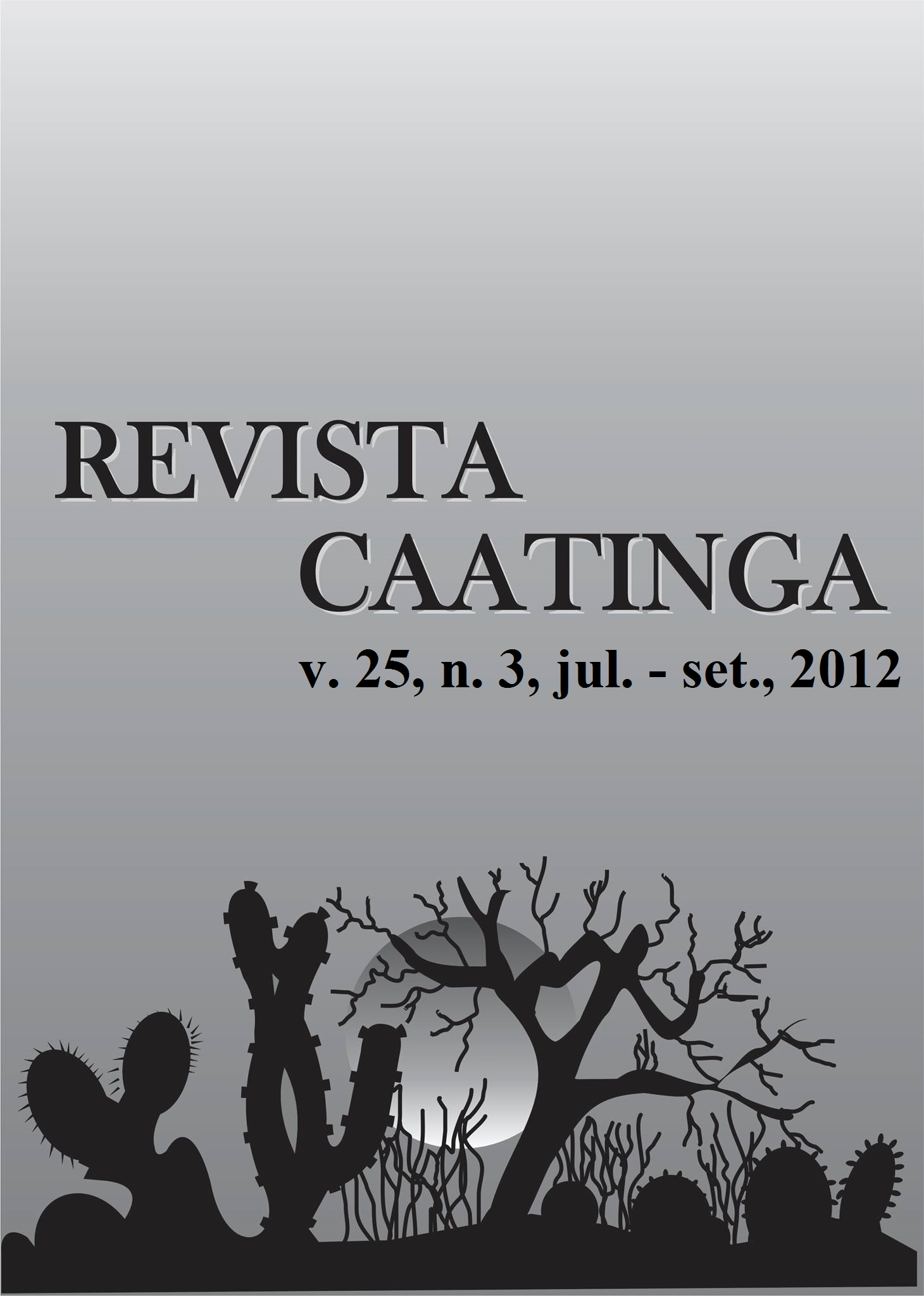X-RAY: CHARACTERIZATION OF Ginkgo biloba L. SEEDS USING DIGITAL AND MANUAL MEASUREMENTS
Palavras-chave:
X-ray, Forest Seed, Anatomical and Morphological Structures.Resumo
The aim of this paper was to: a) verify if digital radiographic image measurements of G. biloba seeds could replace those obtained with a manual caliper; b) determine the degree of seed development through digitally measuring the air chamber of the seed and, c) make a radiographic pattern to characterize the seed species according to its anatomical and morphological structure, identify physical damage and characterize the species according to physical variables. In order to draw the radiographic patter, the seeds were submitted to different treatments: seed imbibition in rolled paper at 20 ºC for 48 hours; artificial damage by puncturing dry and imbibed seeds; artificial damage by fracturing dry and imbibed seeds. Seed anatomy structures were measured with a digital caliper and a manual caliper. The digital radiographic measurements could: a) replace the measurements taken with a manual caliper; b) obtain measurements that a manual caliper cannot supply; c) measure the air chamber in order to determine the level of seed filling; d) characterize the species by its anatomical and morphological structures, detect insect damage or fracture and make a radiographic pattern of G. biloba seeds.Downloads
Downloads
Publicado
Edição
Seção
Licença
Os Autores que publicam na Revista Caatinga concordam com os seguintes termos:
a) Os Autores mantêm os direitos autorais e concedem à revista o direito de primeira publicação, com o trabalho simultaneamente licenciado sob a Licença Creative Commons do tipo atribuição CC-BY, para todo o conteúdo do periódico, exceto onde estiver identificado, que permite o compartilhamento do trabalho com reconhecimento da autoria e publicação inicial nesta revista, sem fins comerciais.
b) Os Autores têm autorização para distribuição não-exclusiva da versão do trabalho publicada nesta revista (ex.: publicar em repositório institucional ou como capítulo de livro), com reconhecimento de autoria e publicação inicial nesta revista.
c) Os Autores têm permissão e são estimulados a publicar e distribuir seu trabalho online (ex.: em repositórios institucionais ou na sua página pessoal) a qualquer ponto antes ou durante o processo editorial, já que isso pode gerar alterações produtivas, bem como aumentar o impacto e a citação do trabalho publicado (Veja O Efeito do Acesso Livre).







